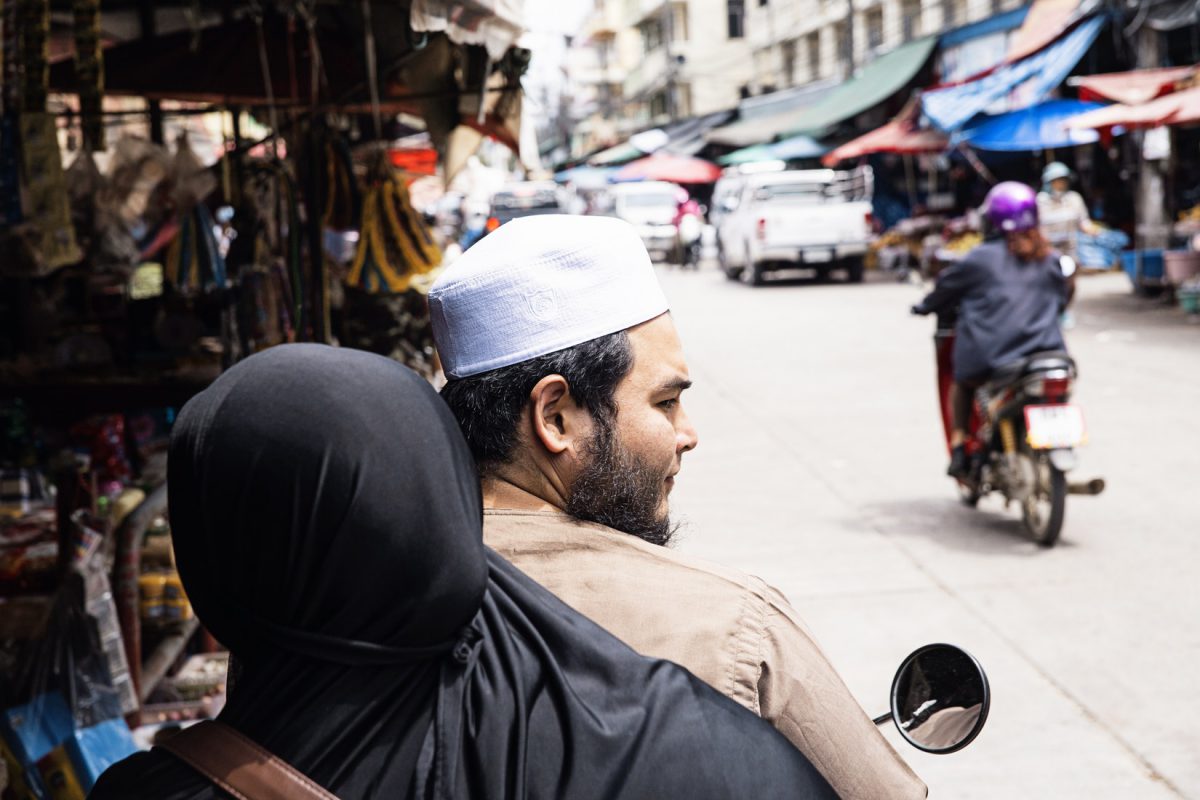A Brief Colonial History Of Ceylon(SriLanka)
Sri Lanka: One Island Two Nations
A Brief Colonial History Of Ceylon(SriLanka)
Sri Lanka: One Island Two Nations
(Full Story)
Search This Blog
Back to 500BC.
==========================
Thiranjala Weerasinghe sj.- One Island Two Nations
?????????????????????????????????????????????????Thursday, June 28, 2018
External Threat Endangers Internal Reforms

 “Global
Islamophobia has created a powerful means of isolating and demonising
Muslims worldwide, legitimizing stigmatization and discrimination by
reviving centuries-old caricatures of Islam as a violent and lascivious
religion and remodelling them for the post-Cold War era, placing Muslims
across the world on a spectrum linking them to ISIS and al-Qaida”~
(Jim Wolfreys, Republic of Islamophobia, London: Hurst & Company, 2018, p. 195)
“Global
Islamophobia has created a powerful means of isolating and demonising
Muslims worldwide, legitimizing stigmatization and discrimination by
reviving centuries-old caricatures of Islam as a violent and lascivious
religion and remodelling them for the post-Cold War era, placing Muslims
across the world on a spectrum linking them to ISIS and al-Qaida”~
(Jim Wolfreys, Republic of Islamophobia, London: Hurst & Company, 2018, p. 195)
In its search for a scapegoat to blame the failures of neoliberal
economics, industrialised nations, led by the US, found Islam a fitting
candidate, thanks to al-Qaida’s misadventure on 11 September 2001. Until
that infamy, protests against neoliberalism and its economic models
grew international and grew metamorphosed into a global
anti-globalization movement threatening not only the political stability
of Western democracies but also, more importantly, the economic
dominance of the US Empire. What
started as vocal protests against the IMF and World Bank meeting in
Berlin in 1988 gradually became bloodier culminating in the most violent
demonstration in 2001 when the Genoa Group of Eight met in that city in
July 2001. Naturally, world leaders panicked and were desperately
looking for a distraction to turn world’s attention and media focus away
from anti-globalization protests. To these leaders Bin Laden and his
al-Qaida was a manna from heaven. The so called War on Terror turned
Islam the new enemy and gave birth to global Islamophobia.
Global Islamophobia produced two diametrically opposed reactions from
the Muslim world. One was to counter this phenomenon in the most
militant way and strive to create several Islamic states if not a
universal Caliphate. Al-Qaida,
Boklo Haram, Jamaa Islamiyya, the Taliban and ISIS are some of the most
notable avatars of this militant Islamism. Their violence actually
provided a meaning and justification to an otherwise baseless War on
Terror. The other was a defensive stand by the majority of Muslims to
hold fast to the Islamic religious status quo. Holding on to religious
conservatism became the safest option when enemies of Islam are at the
gates. Between the War on Terror on the one hand and the two extreme
positions of the Muslim world on the other, reformists agitating for
change in the Islamic Weltanschauung became collateral victims. This
explains why it is hard to initiate reforms to bring about changers in
some of the religiously rigid rules and practices in the Muslim world.
Islam
did not face a reformation movement as Christianity did; but during the
twilight years of the Ottoman Empire several thinkers and activists
called for modernization which produced the Tanzimat reform movement in
the mid-nineteenth century. Unfortunately, religious modernization
proved difficult because of subsequent colonization of the Islamic world
by the West. What the West saw as a civilising mission, la mission civilisatrice, to Muslims it was a destroyer of their pristine religion and culture. Under
foreign domination and rule protection of what one already had took
priority over change in the face of imminent destruction. Also,
the term reform became detestable and a scaring phenomenon to the
traditional majority especially after Kamalism’s de-Islamisation of
Turkish polity and society in the name of reformation. In the second half of the 20th century
and after independence reforms became a political tool in the hands of
authoritarian regimes and dictators, who wanted to keep the reformists
in check without antagonising the conservatives. They were playing a
double game. In the wake of the War on Terror and global Islamophobia
Muslim reformists who are calling for an intellectual mind shift from
tradition to modernity have become heretics, atheists and black sheep to
the conservative majority. This is the dilemma the Muslim world faces today. Even incremental reforms have become too difficult to achieve.

